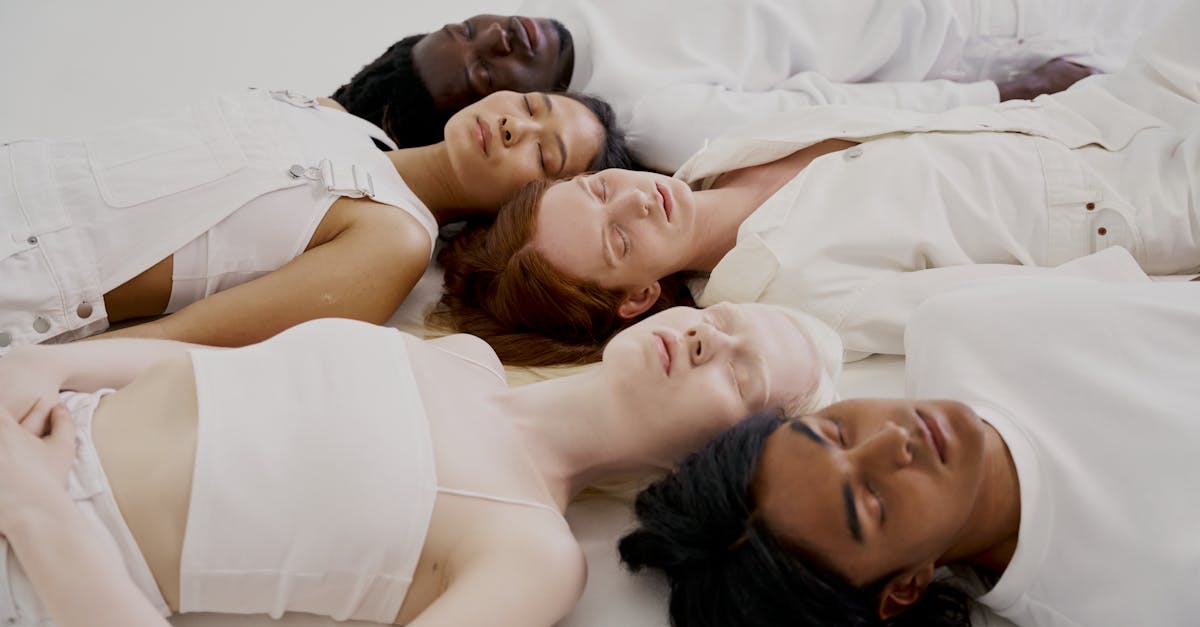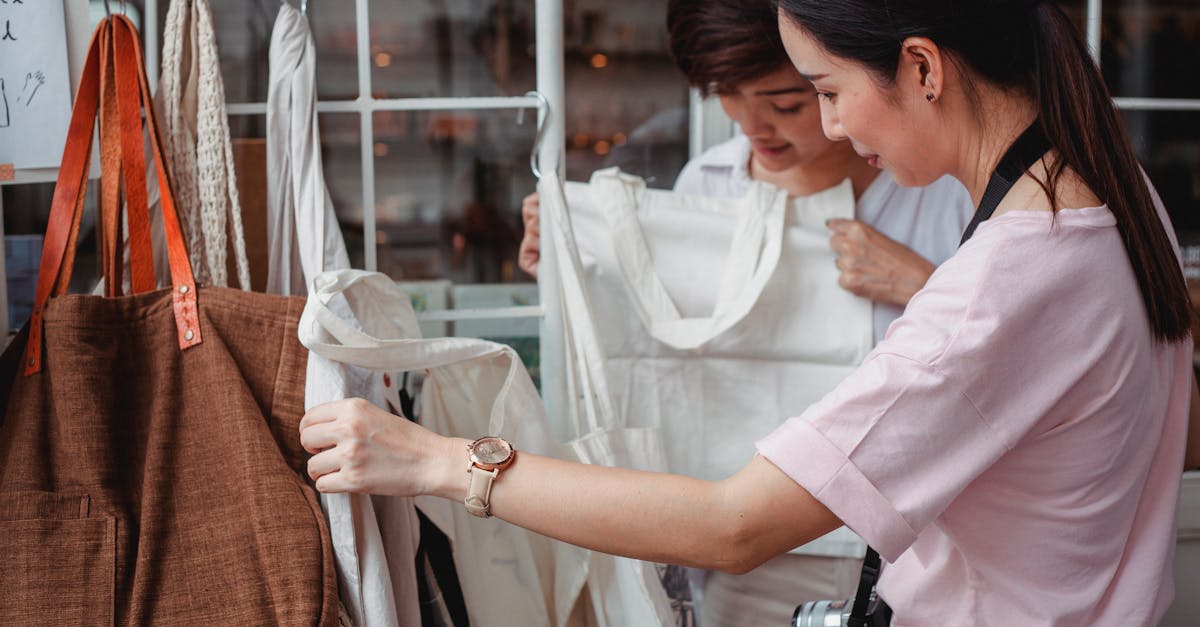Sartorial Synergy Unveiled Fashion Meets Function
Introduction
Sartorial synergy represents the seamless blend of aesthetics and functionality in fashion, a concept gaining traction in recent years. Traditionally, fashion has been viewed as a purely aesthetic pursuit, offering visual appeal often at the expense of practicality. However, modern consumers are increasingly valuing garments that not only look good but also serve practical purposes. This merging of beauty and utility is transforming the fashion landscape by driving new trends and innovating design philosophies. From runways to everyday wear, this synergy is reshaping how designers approach their work. As the lines blur between form and function, a revolution in sartorial innovation is underway.
Advertisement
The Evolution of Fashion
Fashion has always been a reflection of societal trends, evolving to meet the needs of the time. In earlier times, clothing served primarily as protection against the elements, with aesthetic considerations taking a back seat. As societies prospered, the emphasis shifted to clothing as a status symbol, focusing more on appearance than utility. The 20th century saw a blend of these priorities, with designers experimenting with aesthetics while considering the wearer's comfort. Today, the push for sustainability and practicality is influencing everything from fabric selection to garment construction. The sartorial synergy is not just a trend but a fundamental shift in how fashion is perceived and produced.
Advertisement
The Role of Technology
Technology plays a pivotal role in achieving sartorial synergy, allowing for the creation of garments that are both stylish and functional. Advances in fabric technology have led to the development of textiles that offer both comfort and performance, such as moisture-wicking materials and temperature-regulating fabrics. Smart textiles, embedded with sensors, can monitor the wearer's vitals while adapting to changing conditions. Additionally, 3D printing technology enables designers to create intricate patterns and structures that were once impossible, pushing the boundaries of what can be achieved in fashion. Technology is thus an indispensable tool for designers aiming to harmonize aesthetics with utility.
Advertisement
Influence of Athleisure
The rise of athleisure has significantly contributed to the sartorial synergy trend. Blurring the lines between gym wear and casual attire, athleisure prioritizes comfort without sacrificing style. Brands like Lululemon and Nike have capitalized on this fusion, offering versatile pieces that transition seamlessly from workout sessions to social outings. This trend reflects a broader societal shift towards healthier lifestyles and the demand for garments that support activity throughout the day. Now, even high fashion is adopting elements from athleisure, such as stretchable fabrics and ergonomic designs, further integrating utility into mainstream style.
Advertisement
Fashion Sustainability and Ethics
Sartorial synergy aligns well with the growing emphasis on sustainability and ethical fashion. Consumers are becoming increasingly aware of the environmental impact of their clothing choices, pushing brands to adopt sustainable practices. Recycled materials, organic fabrics, and zero-waste manufacturing techniques are aligning with functional design to produce garments that are both eco-friendly and practical. Ethical fashion seeks to ensure that garments are made under fair working conditions, often translating into higher quality and longer-lasting pieces. Thus, the confluence of ethics and aesthetics is carving a path towards a more sustainable fashion future.
Advertisement
Designers Leading the Charge
Several designers are at the forefront of the sartorial synergy movement, balancing style with functionality in creative ways. Stella McCartney and Eileen Fisher are known for their commitment to sustainability while maintaining elegance and sophistication. Brands like Uniqlo focus on minimalist design with cutting-edge fabric technology, providing chic yet comfortable options. Emerging designers are also experimenting with multifunctional garments that adapt to different situations, such as reversible jackets or modular accessories. As these visionaries set the pace, the fashion industry is being reshaped to cater to the modern wearer's dynamic lifestyle.
Advertisement
Consumer Expectations and Trends
Today's consumers have high expectations when it comes to their clothing, demanding that it fulfills both aesthetic and practical needs. As people lead increasingly busy lives, the need for clothing that adapts to various settings—work, social events, and leisure—has grown. This expectation is driving trends towards adaptable and versatile pieces that make everyday dressing effortless. The popularity of capsule wardrobes, where a limited number of interchangeable pieces are styled in numerous ways, exemplifies this shift. As consumer demands evolve, the industry is tasked with innovating to ensure that fashion not only meets but exceeds these expectations.
Advertisement
Challenges and Considerations
Despite the enthusiasm for sartorial synergy, integrating style and functionality presents unique challenges. One major hurdle is ensuring that functional features do not compromise a garment's aesthetic appeal. Designers must also balance cost-effectiveness with innovation, as advanced materials and technology can drive up production costs. Additionally, as designers strive for sustainability, they must navigate the complexities of supply chains and material sourcing. Consumer education is another vital factor; informing the public about the benefits of sartorial synergy can foster acceptance and demand. Overcoming these challenges requires creativity and dedication from industry leaders.
Advertisement
The Future Landscape of Fashion
The future of fashion lies in the continued exploration of sartorial synergy, combining the best of style, functionality, and ethics. As technology advances, wearable tech is set to play an even greater role, with garments potentially monitoring health metrics and adjusting ambient temperature. Sustainability will drive innovation in materials and manufacturing processes, leading to more eco-conscious choices. Designers will likely focus on creating clothing that enhances the wearer's experience, extending beyond appearance. The diversity in design will cater to various preferences and needs, ensuring that fashion remains relevant and impactful in the modern world.
Advertisement
Conclusion
Sartorial synergy represents the convergence of fashion's aesthetic appeal with practical functionality, reflecting the evolving preferences of modern consumers. As fashion continues to embrace technology, sustainability, and ethical considerations, this synergy will likely become an enduring fixture in the industry. The concept is more than a passing trend—it signifies a movement towards a more thoughtful and inclusive approach to fashion. For designers, the challenge lies in balancing innovation with aspiration, crafting pieces that resonate with today's discerning wearers. Ultimately, the success of sartorial synergy relies on its ability to adapt and flourish amidst changing times, offering garments that are both beautiful and practical.
Advertisement



